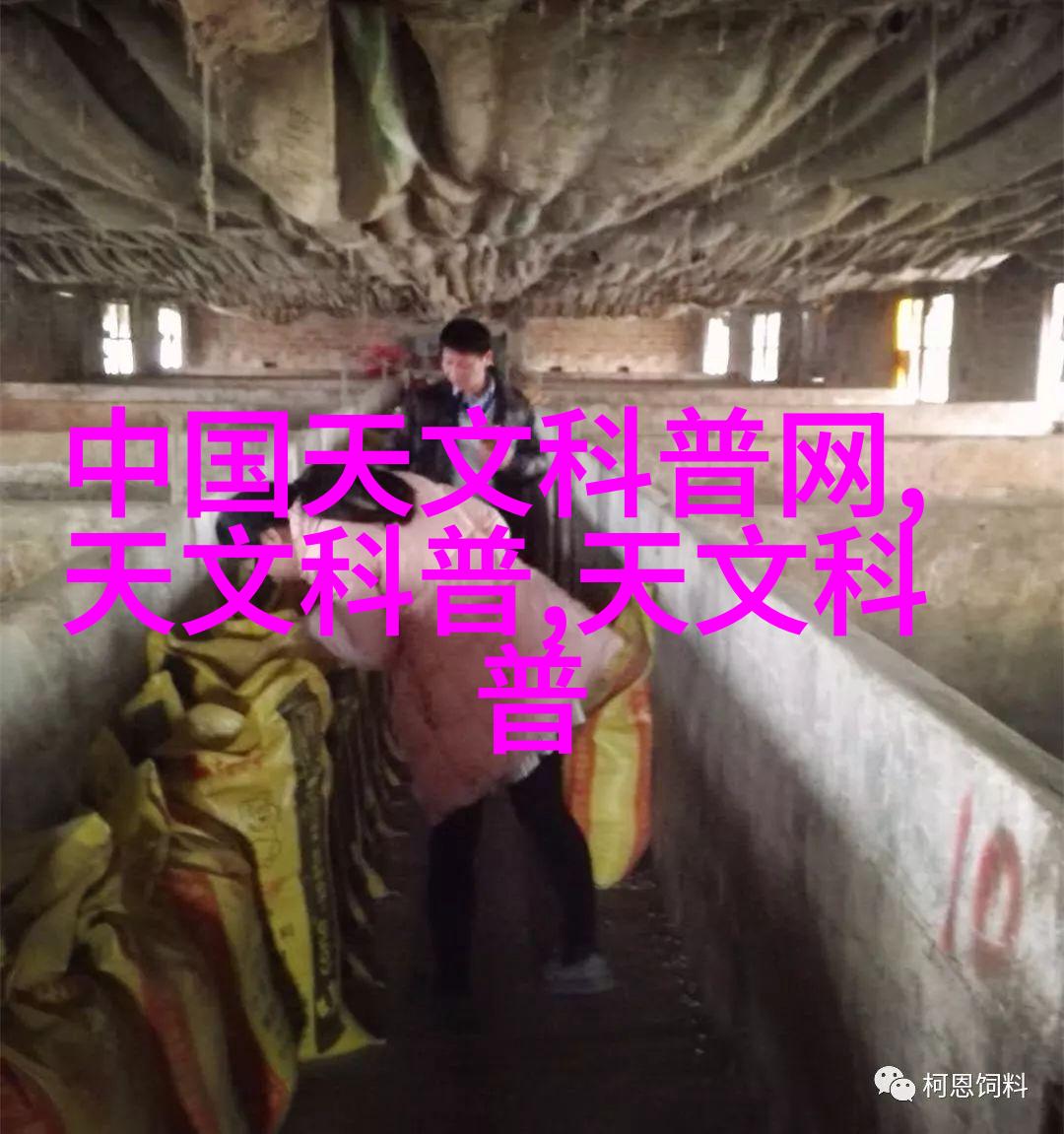未来发展趋势智能化和节能功能在现代換熱機組設計上的体现
随着科技的不断进步,换热器型号也在不断地向着更加高效、智能化和环保的方向发展。这种变化不仅仅是对换热器技术本身的一种升级,更是对整个工业生产方式的一次革命。

1.1 智能化换热技术的兴起
在传统的换热设计中,温度控制往往依赖于人工调节或者简单的温度传感器。但随着物联网(IoT)技术和大数据分析能力的提升,现代換熱機組开始采用更为先进的温控系统,这些系统能够实时监测环境条件,并根据实际需要自动调整工作参数。

1.2 节能功能与绿色环保
为了减少能源消耗并降低碳排放,一些新的換熱機組设计加入了节能功能,如使用高效率材料制造换热器、优化流线设计以减少阻力等。此外,有机冷却剂或水合物作为替代传统R-22 refrigerant,也成为现代換熱機組的一个重要特点。

2.0 exchanged heat transfer technology
Exchange of heat is a fundamental process in many industrial applications, and the efficiency of this process can greatly affect the overall performance of these applications. In recent years, new exchange technologies have emerged to improve the efficiency and sustainability of heat transfer.

2.1 Advanced Heat Exchanger Designs
New designs for heat exchangers are being developed that incorporate advanced materials and geometries to enhance their performance. These include spiral tubes, plate fins, and other innovative structures that increase surface area while minimizing resistance.

2.2 Nanotechnology Applications in Heat Transfer
Nanotechnology is also being explored as a means to improve heat transfer efficiency by manipulating material properties at the nanoscale level. This includes using nanoparticles or nanostructured surfaces to alter thermal conductivity or convective enhancement.
3 Modern Trends in Heat Exchanger Development
As technology continues to advance, we can expect even more innovative solutions for improving heat exchanger design and functionality:
3.1 Integration with Other Technologies
Heat exchangers will be increasingly integrated with other technologies such as artificial intelligence (AI), machine learning (ML), big data analytics, etc., enabling real-time optimization based on environmental conditions and energy demand patterns.
3.2 Sustainable Materials & Manufacturing Processes
In addition to optimizing design parameters for improved energy efficiency, manufacturers are also focusing on sustainable production methods that reduce waste generation during manufacturing processes.
4 The Future Outlook: Challenges & Opportunities
While there are significant challenges associated with developing high-performance exchanges like cost-effectiveness issues and scalability limitations , there are numerous opportunities emerging from these advancements:
4.1 Energy Savings & Cost Reductions
The increased use of intelligent control systems in modern swap heater models could lead not only higher operating efficiencies but also potential savings due lower energy consumption costs over time.
4-5% reduction per year saving 10% less than last year's total annual usage rate).
4-6% reduction per year saving 15% less than last year's total annual usage rate).
5 Conclusion: Smart Swap Heater Models Are Here To Stay!
The future holds much promise for smart swap heater models equipped with cutting-edge features such as advanced AI-driven temperature management systems designed specifically tailored towards specific industries' needs while maintaining an eco-friendly footprint through reduced emissions across all aspects - including manufacturing processes! As technology advances further into integrating IoT devices connected via wireless communication protocols seamlessly managing local weather forecasts along side monitoring internal system status updates; it becomes apparent just how rapidly our understanding evolves around what comprises optimal heating solution scenarios today - tomorrow — next week!